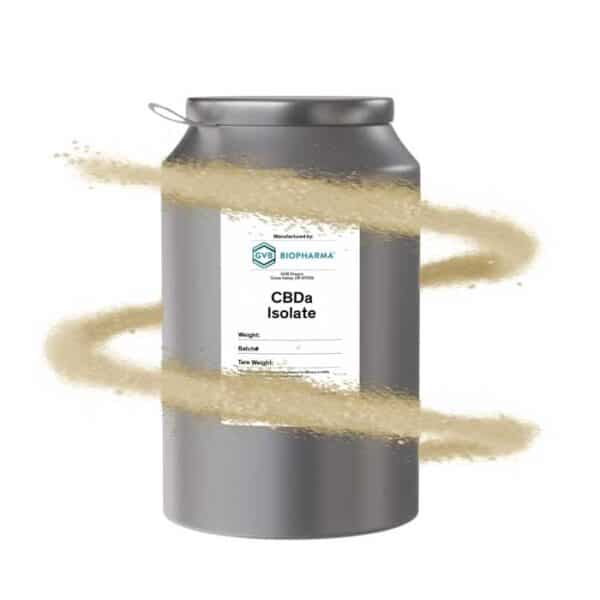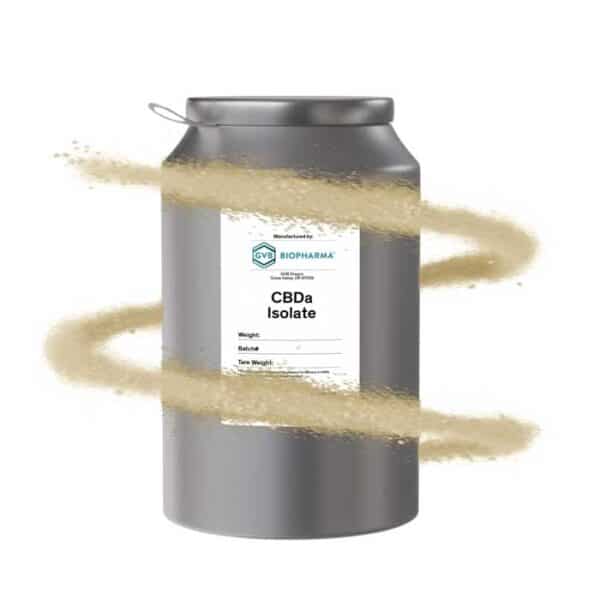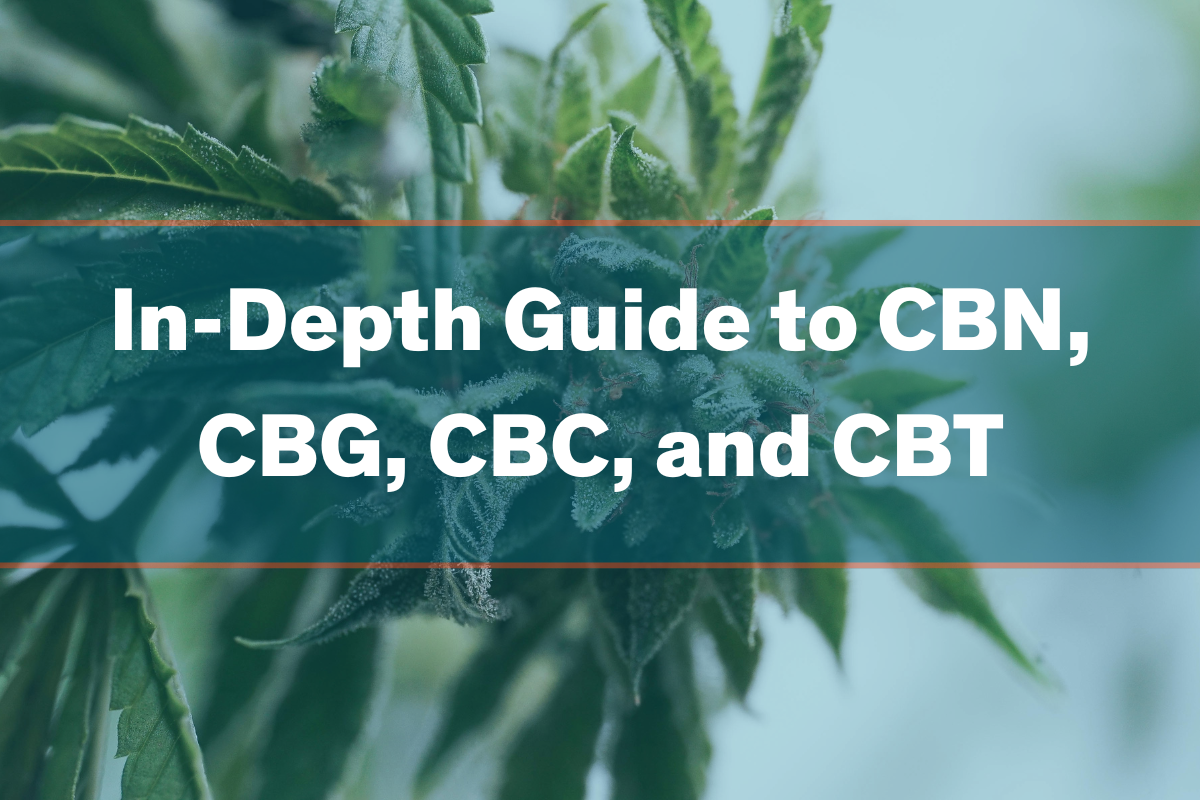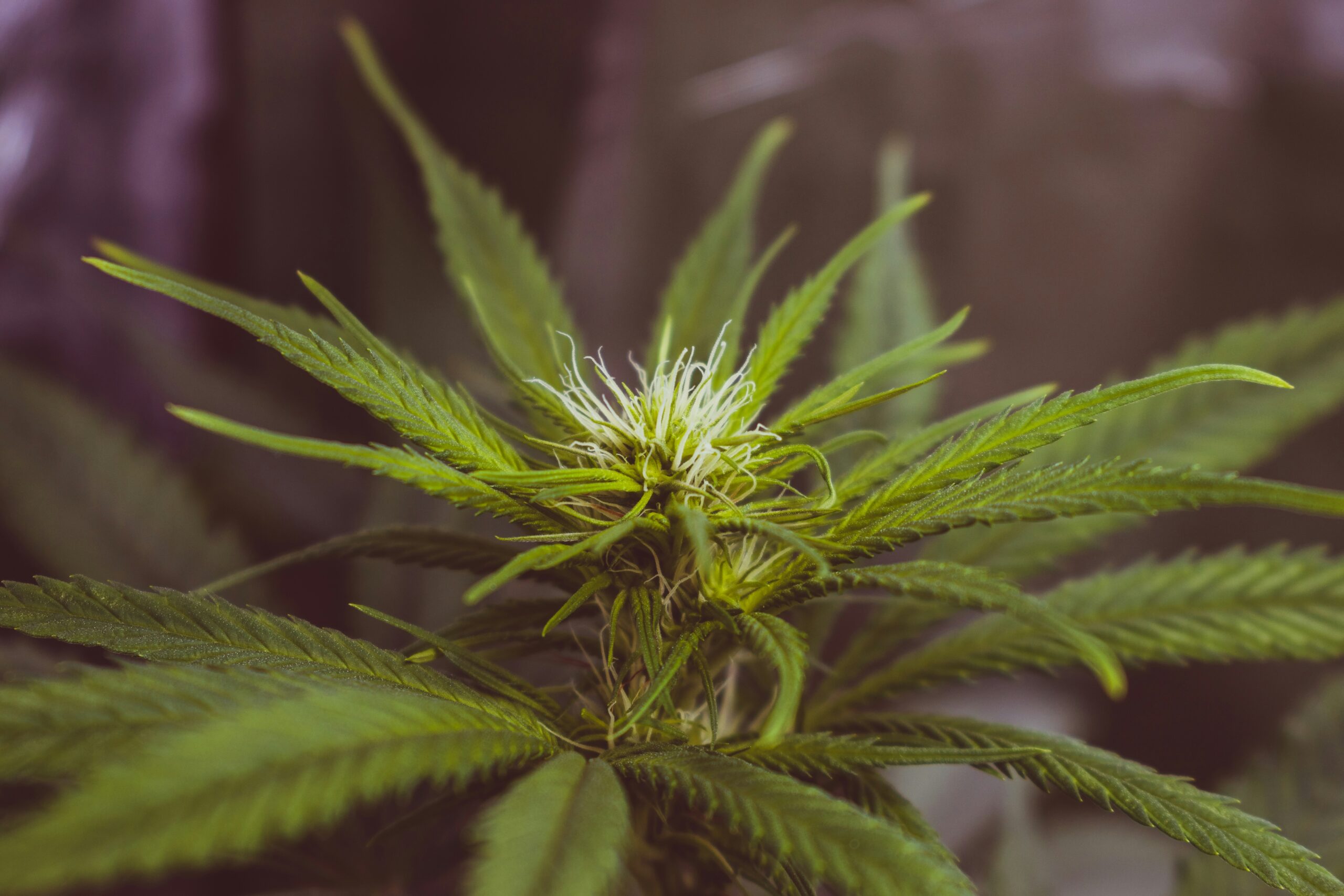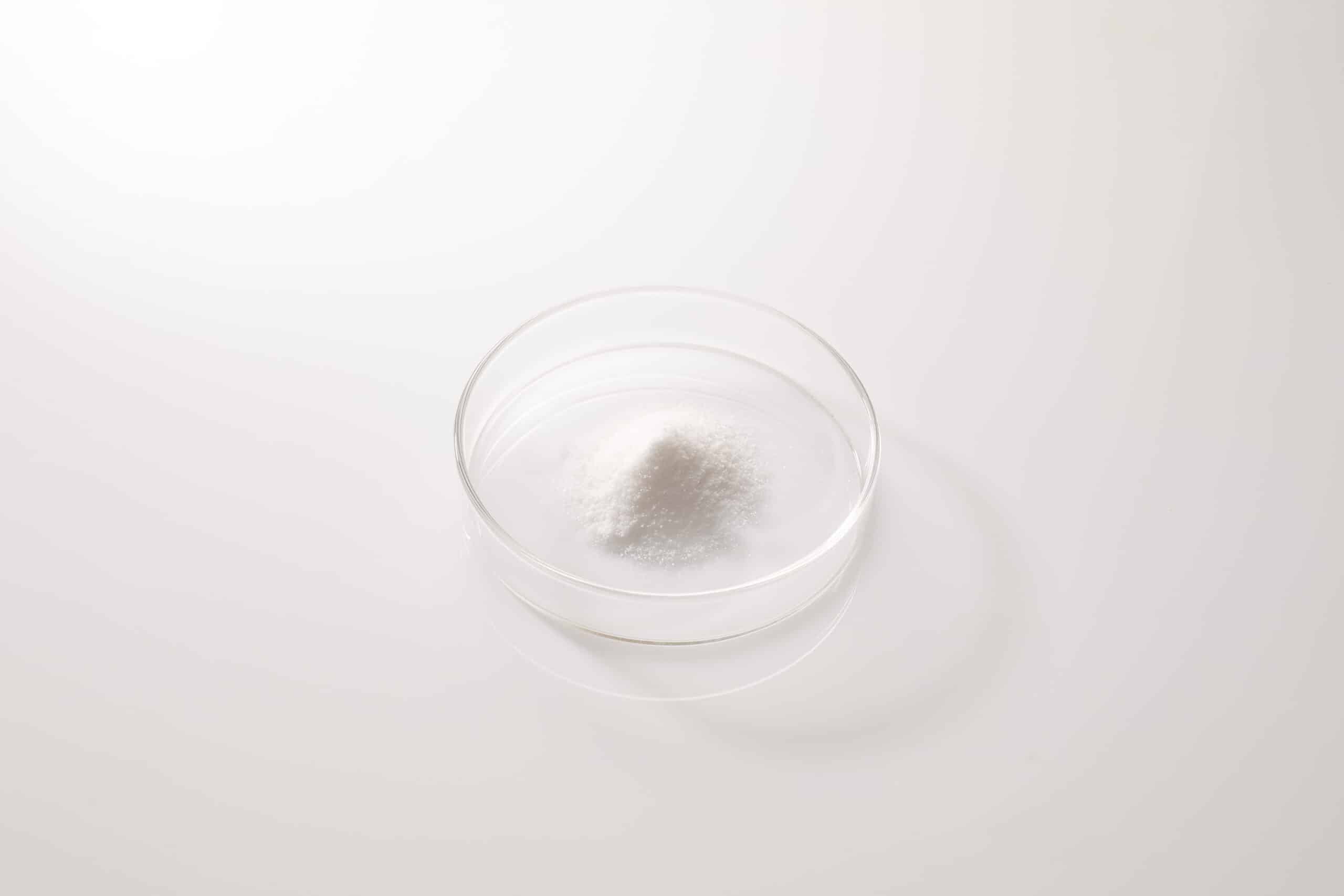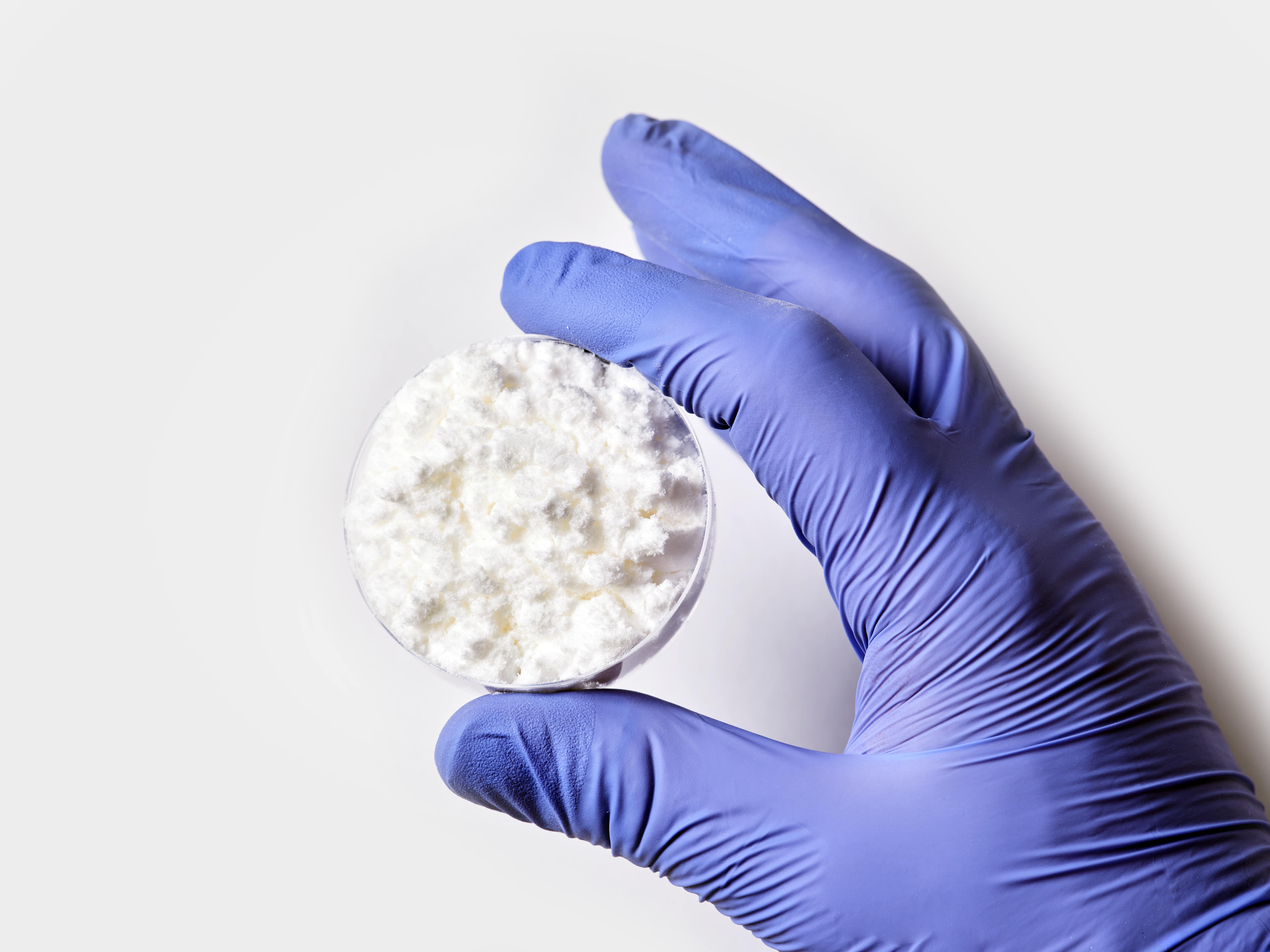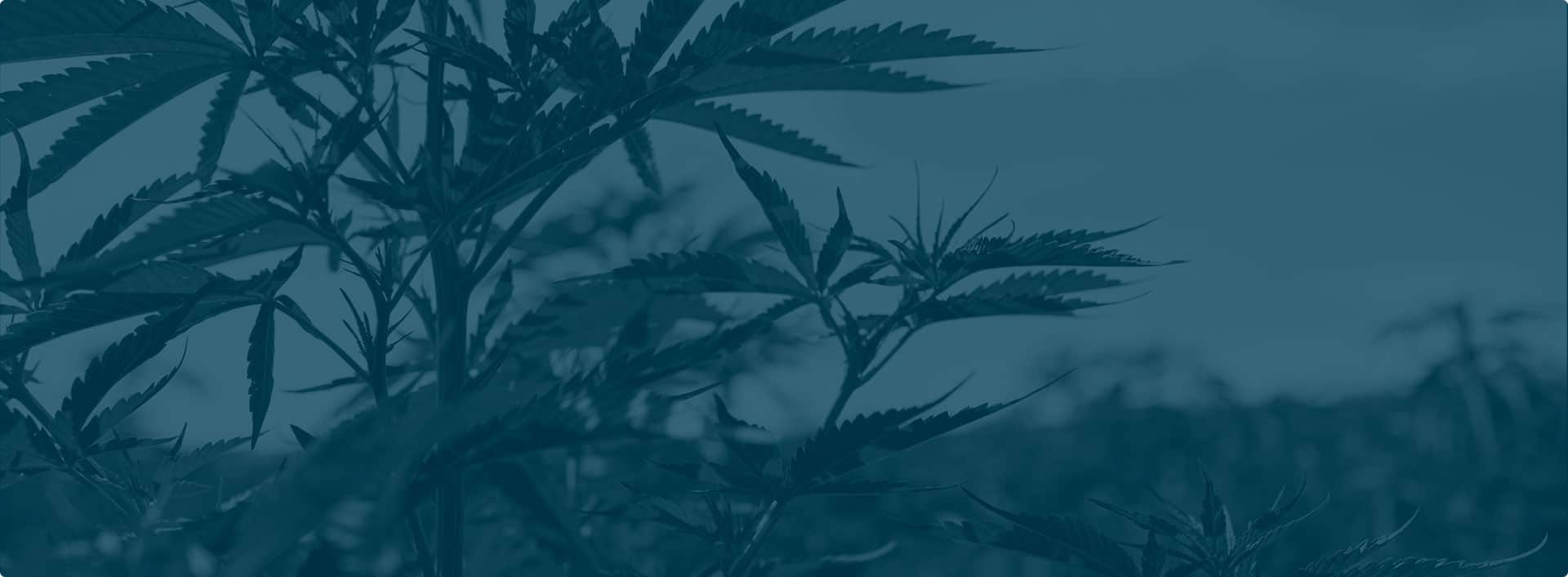CBDa, or cannabidiolic acid, is the essential precursor to CBD, the widely acclaimed non-intoxicating cannabinoid known for its numerous wellness benefits. Despite its pivotal role in the formation of CBD, CBDa remains relatively obscure and underappreciated compared to its more famous counterpart. However, emerging research and increasing consumer interest are beginning to highlight the unique properties and potential advantages that CBDa may offer. In this comprehensive guide, you’ll discover what CBDa is, explore the special benefits it might provide, and learn how to select the highest quality CBDa isolate products available on the market. Whether you’re a seasoned CBD enthusiast or new to the world of cannabinoids, understanding CBDa can enhance your wellness journey and open up new possibilities for health and well-being.
What is CBDa?
Scientists have identified CBDa in hemp as the substance that decarboxylates into CBD. As such, CBDa is the carboxylic acid-bearing precursor of the non-intoxicating cannabinoid, CBD. Carboxylic acid is a highly oxidized chemical side-group that liberates CO2 upon further oxidation. All cannabinoids are created with carboxylic acid groups that oxidize to create their final forms. This process is known as decarboxylation.
CBDa isn’t at the beginning of the cannabinoid synthesis pathway, though. CBGa, cannabigerolic acid, is the parent molecule that precedes both CBDa and CBD. CBGa is known as the “stem cell of cannabinoids” because it serves as the common precursor for both popular cannabinoids like CBC, THC, and CBD, as well as minor cannabinoids. When cannabis matures, the plant expresses the natural enzyme CBDa synthase, which transforms CBGa into CBDa.
Research into CBDa indicates that this cannabinoid precursor may have unique benefits that significantly boost its value.
What is CBDa made from?
CBDa is generally extracted directly from hemp flowers prior to decarboxylation or enzymatically converted from CBGa. CBDa is not regularly synthesized because it is abundant in all CBD-rich forms of hemp and is easy to convert from CBGa found in the flowers.
Extracting CBDa from hemp without triggering decarboxylation is a relatively tricky process that requires great expertise.
What is CBDa Isolate?
Manufacturers extract CBDa Isolate, a highly purified form of cannabidiolic acid (CBDa), directly from hemp plants. Unlike full-spectrum or broad-spectrum extracts, CBDa Isolate contains exclusively CBDa, free from other cannabinoids, terpenes, and plant materials. This purity makes CBDa Isolate an ideal choice for consumers seeking the specific benefits of CBDa without any potential interference from other compounds.
How is CBDa different from CBD?
CBDa and CBD are more similar than they are different. The chemical composition of these two molecules only differs by a single chemical modification. CBDa converts into CBD quite easily, especially when heated.
Nonetheless, the scientific community has found minor, yet significant, differences between CBD and CBDa. Researchers are investigating more CBD-related therapies for specific medical conditions, which may make these differences useful in the future.
Does CBDa turn into CBD?
Yes, CBDa naturally decarboxylates into CBD under stress conditions, such as excessive heat or light. For example, when exposed to temperatures exceeding 245° F,¹, CBDa decarboxylates to form CBD. CBDa can also turn into CBD when exposed to UV light or other sources of oxidation. CBD, then, becomes more stable with a slightly altered chemical structure.
Is CBDa more effective than CBD?
Researchers believe CBDa could be more effective than CBD for specific conditions. There is insufficient conclusive evidence about either CBDa or CBD to make any assumptions, regarding the medical utility of either cannabinoid. At present, pharmaceutical companies have not produced any CBDa-based drugs.
Can you take CBDa and CBD together?
There is no evidence suggesting CBDa and CBD should not be consumed at the same time.
If you find a good way to ingest CBDa and CBD at the same time, you might trigger the entourage effect, a form of cannabinoid synergy scientists believe may enhance the potency of hemp compounds. One excellent way to consume CBD and CBDa at the same time is in the form of a capsule, allowing your body to absorb both unique hemp compounds at once.
What are the effects of CBDa?
There is not enough evidence to determine all the experienced effects of CBDa. Anecdotal evidence, produced by CBDa consumers online, seems to indicate that the effects of CBDa closely mirror those of CBD. Some claim CBDa is more potent than CBD, but many describe both cannabinoids as similarly potent.
What are the benefits of CBDa?
We don’t know enough about the effects of CBDa to make any definitive conclusions. But that doesn’t mean scientists haven’t learned anything at all about this cannabinoid. Let’s recap some of the most interesting research that has been conducted into cannabidiolic acid so far:
Is CBDa good for pain?
If you haven’t heard anything else about CBDa, you might have come across rumors that this cannabinoid has up to 100 times the affinity for your 5-HT1A receptors than CBD. It all stems from a 2018 review article by Ethan Russo² that detailed the status of CBDa research at that time. Because 5-HT1A receptors regulate mood, blood pressure, hormonal secretion, memory, pain transmission, and nausea, researchers expect to include CBDa in future studies on many important medical conditions.
Is CBDa anti-inflammatory?
The TRP family of receptors, COX-2, and PPAR gamma, largely regulate inflammation in the human body. Researchers have conducted significant studies on the relationship between these critical inflammation mediators and CBD. Research into the anti-inflammatory properties of CBDa³ is very promising. So far, we know that CBDa increases TRPA1 and TRPV1, and decreases TRPM8, leading to pain reduction. CBDa reduces levels of the pro-inflammatory molecule, COX-2, while increasing the levels of the neuroprotective molecule, PPAR gamma.
Is CBDa good for sleep?
Some preliminary research⁴ indicates that stabilized CBDa analogues can promote wakefulness without disturbing important aspects of regular sleep. While this does not suggest CBDa would make a great sleep aid, it may improve the wakefulness of those who’ve had too little sleep.
Is CBDa good for anxiety?
The brain’s 5-HT1A receptors play a significant role in anxiety⁵ Preliminary research demonstrates that CBDa shows promise for combating both stress-induced⁶ and trauma-induced⁷ anxiety.
Does CBDa get you high?
No, CBDa is like CBD in that it is not intoxicating. In general, the effects of cannabinoid precursors are very similar to the effects of their stable cannabinoid products.
Does CBDa have any side effects?
We don’t have enough data to determine whether the side effect profile of CBDa varies significantly from that of CBD. Anecdotal evidence indicates that the side effects of CBDa are likely mild and akin to the most common side effects of CBD (namely dry mouth, tiredness, and low blood pressure).
What does CBDa do to your body?
From what we understand so far, CBDa appears to operate very similarly to CBD in the human body. It appears to interact with roughly the same neuroreceptors as CBD, but CBDa may have more affinity for some receptors and less for others. Scientists are particularly intrigued by CBDa’s enhanced activity at 5-HT1A receptors.
How fast does CBDa work?
Preliminary research suggests that the bioavailability of CBDa may be higher than that of CBD, so you might experience the onset of effects more quickly with CBDa, regardless of how you take it. The activation time of any cannabinoid is dependent upon the method you use to ingest it.
Inhaled cannabinoids produce the fastest effects (30-60 seconds) and topicals also act quickly at the area of application (3-10 minutes). Orally ingested cannabinoids take considerably longer (30-45 minutes) to produce an effect.
Where can I buy CBDa near me?
CBDa products are now widely available online. Manufacturers often sell this CBD precursor in bulk and formulate it into finished products like tinctures, topicals, and capsules. Less stable and harder to extract than CBD, CBDa extract is usually only available in isolate form. You can use CBDa isolate to make practically any type of product.
What kinds of wholesale CBDa products are there?
Manufacturers can formulate CBDa isolate into nearly any type of finished product. Capsules, tinctures, and gummies are among the most popular, but CBDa topicals are gaining ground in the alternative skincare community. Since CBDa naturally converts to CBD when heated, inhalable CBDa products aren’t currently viable.
CBDa FAQ:
Widen your knowledge of CBDa in the FAQ section below:
1. How do you use CBDa?
In most cases, CBDa is used in the same way that CBD is used. These cannabinoids are, after all, very similar. CBD has already paved the way with product types as varied as tinctures, capsules, gummies, topicals, and vapes.
That’s where the similarities end. While manufacturers heat CBD to high temperatures in products like vapes, heating CBDa transforms it into CBD, erasing its unique benefits. Consequently, they use CBDa only in product types that do not involve applying heat above 200°F.
2. How strong is CBDa?
Scientists have not adequately assessed the strength of CBDa compared to CBD to provide a quantitative comparison. It does appear that CBDa may affect certain parts of the nervous system more strongly than CBD. CBDa might be less effective than CBD in other ways.
3. What is full-spectrum CBDa?
Full-spectrum CBDa refers to CBDa extracts that retain the full entourage of cannabinoids and terpenes naturally present in hemp concentrate. Unlike broad-spectrum extracts, which remove THC, and CBDa isolates, which eliminate everything except CBDa, full-spectrum CBDa offers a more natural, entourage effect-enhanced option.
4. How does CBDa make you feel?
Most users indicate that CBDa makes them feel roughly the same as CBD. Some users indicate that they find CBDa to be more effective against neurological conditions and mood disorders. This is all based on anecdotal evidence that has yet to be verified in a clinical setting.
5. What are the benefits of using CBDa Isolate?
As with any isolate, purity and consistency are two of the key factors that make it the most popular extract form to work with. With no other cannabinoids present, CBDa isolate provides a consistent and reliable dosage, making it easier for users to manage their intake.
Sources
1. Wang, M., Wang, Y. H., Avula, B., Radwan, M. M., Wanas, A. S., van Antwerp, J., Parcher, J. F., ElSohly, M. A., & Khan, I. A. (2016). Decarboxylation Study of Acidic Cannabinoids: A Novel Approach Using Ultra-High-Performance Supercritical Fluid Chromatography/Photodiode Array-Mass Spectrometry. Cannabis and cannabinoid research, 1(1), 262–271. https://doi.org/10.1089/can.2016.0020
2. Russo E. B. (2018). Cannabis Therapeutics and the Future of Neurology. Frontiers in integrative neuroscience, 12, 51. https://doi.org/10.3389/fnint.2018.00051
3. Formato, M., Crescente, G., Scognamiglio, M., Fiorentino, A., Pecoraro, M. T., Piccolella, S., Catauro, M., & Pacifico, S. (2020). (‒)-Cannabidiolic Acid, a Still Overlooked Bioactive Compound: An Introductory Review and Preliminary Research. Molecules (Basel, Switzerland), 25(11), 2638. https://doi.org/10.3390/molecules25112638
4. Eric Murillo-Rodríguez, Gloria Arankowsky-Sandoval, Roger G. Pertwee, Linda Parker, Raphael Mechoulam. (2020) Sleep and neurochemical modulation by cannabidiolic acid methyl ester in rats. Brain Research Bulletin,155,166-173. https://doi.org/10.1016/j.brainresbull.2019.12.006
5. Akimova, Elena et al. (2009) The Serotonin-1A Receptor in Anxiety Disorders
Biological Psychiatry, 66(7), 62 -635. https://doi.org/10.1016/j.biopsych.2009.03.012
6. Pertwee, R. G., Rock, E. M., Guenther, K., Limebeer, C. L., Stevenson, L. A., Haj, C., Smoum, R., Parker, L. A., & Mechoulam, R. (2018). Cannabidiolic acid methyl ester, a stable synthetic analogue of cannabidiolic acid, can produce 5-HT1A receptor-mediated suppression of nausea and anxiety in rats. British journal of pharmacology, 175(1), 100–112. https://doi.org/10.1111/bph.14073
7. Assareh, N., Gururajan, A., Zhou, C., Luo, J. L., Kevin, R. C., & Arnold, J. C. (2020). Cannabidiol disrupts conditioned fear expression and cannabidiolic acid reduces trauma-induced anxiety-related behaviour in mice. Behavioural pharmacology, 31(6), 591–596. https://doi.org/10.1097/FBP.0000000000000565

